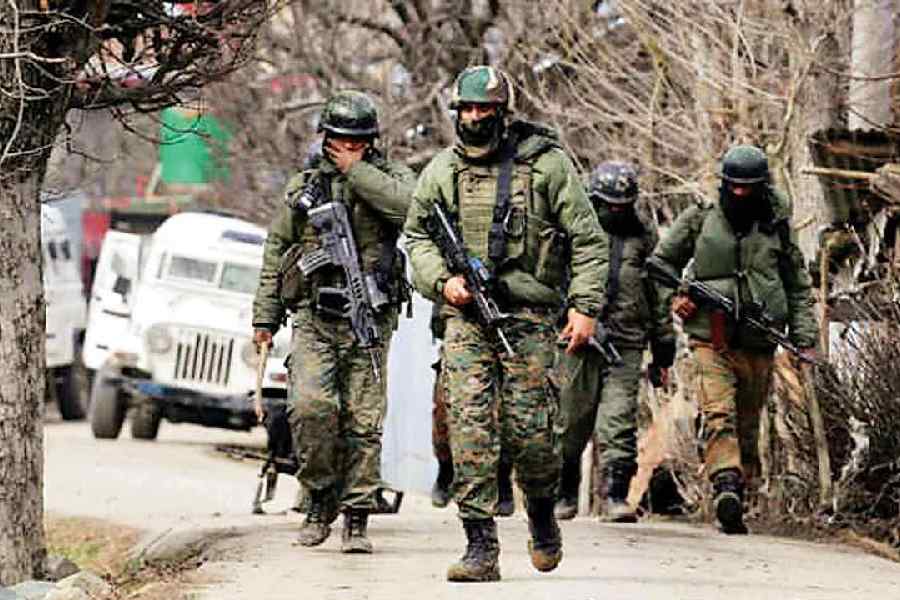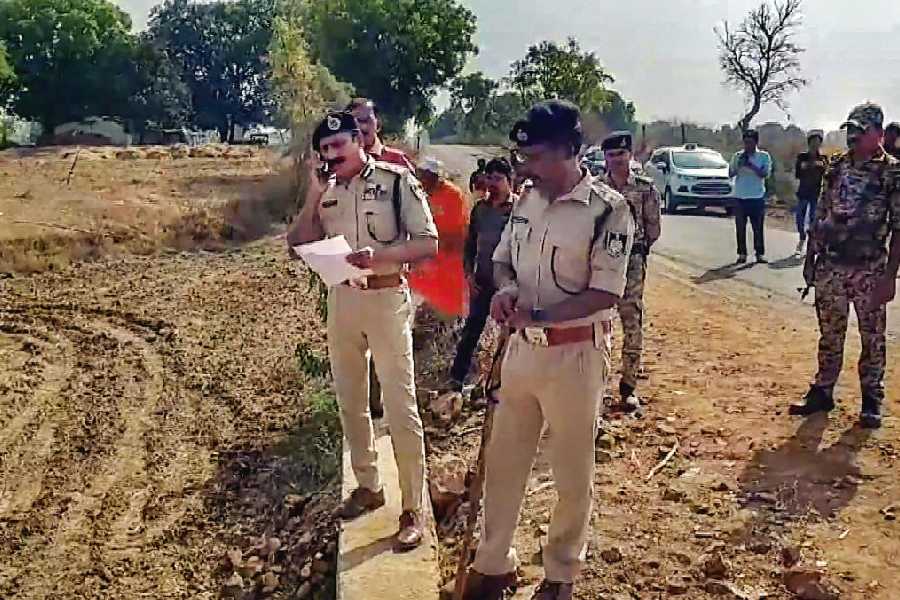 |
| Height of adventure: Kamal Singh Oberh (top) jumps from the KL Towers and (left) a BASE jumper reaches behind his hips to pull the chute chord |
I was the first Indian skydiver to have jumped over both the North and South Poles. But when I became the first Indian to do a BASE jump from the KL Tower — a telecommunication tower in Kuala Lumpur — it was also the first BASE jump of my life. I had met a Malaysian BASE jumper while skydiving in Antarctica in 2000. So I was invited to participate in a BASE jumping event in Kuala Lumpur in 2005. K.B.S. Samyal, another Indian and a fellow parajumping instructor, and I were the only novices — apart from a Malaysian — in a group of over 45 BASE jumpers.
For two days, I watched 15 experts jumping from the Menara Alor Star — another telecommunication tower in Kuala Lumpur where the jump platform is only 344 feet. When the entire group began the jumps at the KL Tower — where the jump platform is 970 feet — I was mentally primed. On September 30, 2005, around 9 am, it was my turn to jump.
I wore a cotton jumpsuit and ankle boots. I also wore kneepads, elbow and forearm guards and helmets. And then there was the harness and the parachute bag on my back.
Unlike skydivers, BASE jumpers have only one parachute. In this sport, you jump from much lower heights so there is no time to open a reserve parachute if the main one fails. Also, the parachute takes you forward and if you have jumped from a faulty position that makes you rotate even a semicircle, you might get slammed into the building rather than being carried outward from it. Unlike skydiving, you have no time to gain aerodynamic stability and correct your position because the free fall is very short. Moreover, as a skydiver, I was used to large drop zones but here the landing area was a circular water tank in the ground covered with a layer of grass.
So fear was definitely there but I had overpowered it and I felt calm. I was thinking of my jump, rehearsing my countdown and chute opening. There were many jumpers ahead of me. Suddenly, a voice called out, “OK, Kamal, you’re next.” I moved, crossed a railing that runs around the building’s edge and stood on the ledge. My BASE jumping instructor, Capt. Aziz Ahmad, formerly with the Malaysian Air Force, was there to check my safety gear.
AAs a novice, I had to jump with a pilot chute. Experts reach behind their hips and pull the cord that deploys the parachute — just as in skydiving. But, because BASE jumping requires you to pull the cord very fast, novices jump with a pilot chute held in the hand. You throw it out and it fills with air and wants to soar upwards but your weight pulls it down and this drag pulls the cord of your parachute. But you have to be careful that the length of the bridle cord (the line between the pilot chute and the parachute bag) is exactly the length of your arm. Otherwise, it might drop on the inside of your arm rather than the outside, and your arm will come in the way of the canopy when it begins unfolding.
As I stood on the ledge, I made sure that my toes were jutting into space. Then I looked at the horizon and picked out a cloud patch to focus on. And then somebody else started the countdown for me. Usually, to help a first-timer, everybody joins in for the countdown. I raised my hand, indicating they should stop. I was very sure I wanted to do my countdown myself.
I looked at my bridle cord. I looked at the cloud patch. Then I began: “Five, four, three, two, one, GO!” I jumped. At once, I began counting again: “One thousand, two thousand, THROW!” And I threw out the pilot chute.
For those two seconds of free fall, I saw and heard nothing. I was completely concentrating on jumping and throwing the pilot chute. Only after my parachute deployed did I shout out the cry that is customary among paratroopers in the Indian Air Force: Chhatri mata ki jai! That’s because we believe that the chute gives you your life the way your mother did. There was nothing to be shy about and I shouted it out three times. Then, I focused on landing — avoiding the trees and skirting the car park. Finally, I touched down on the grass of the water tank.
That was the first of 10 jumps I did over three exhilarating days.










